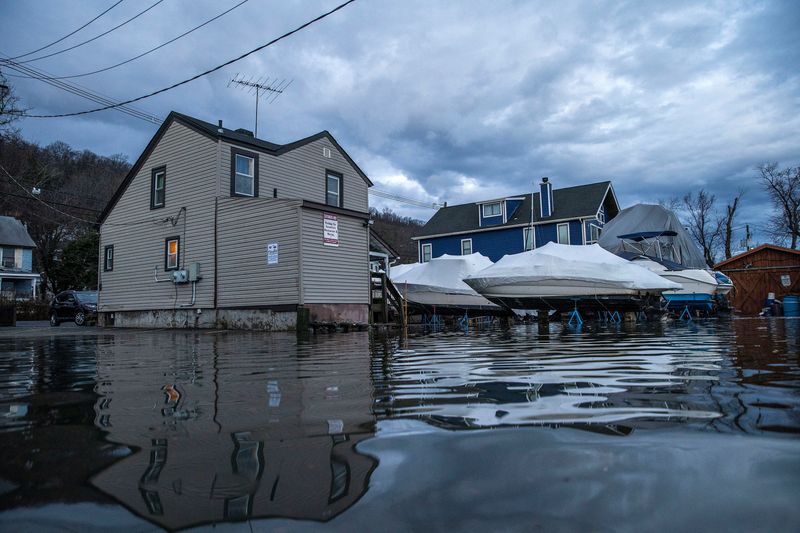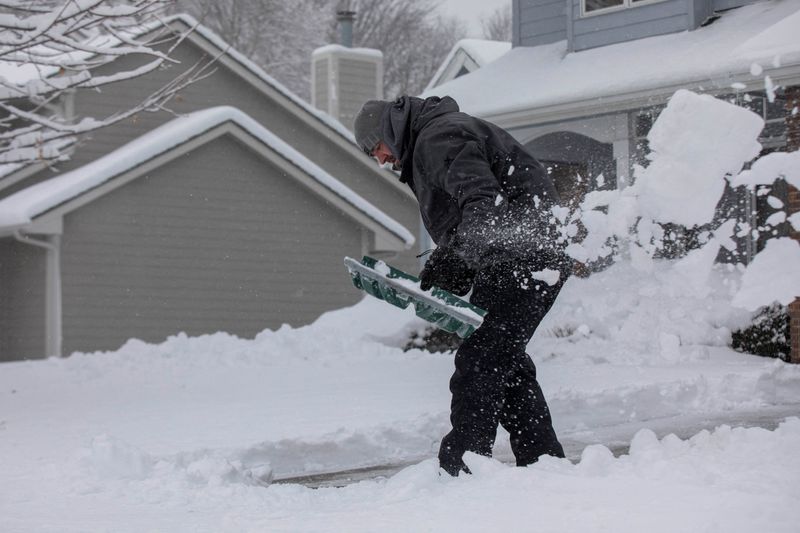(Reuters) - More than half a million homes and businesses were still without power along the U.S. East Coast from Florida to Maine on Wednesday morning due to a massive winter storm, according to data from PowerOutage.us.
New York was the hardest hit state, with nearly 143,000 customers out, followed by Pennsylvania with about 105,000 outages, North Carolina with about 70,000 outages, and New Jersey with about 58,000 outages.
The biggest power companies in those states are units of Con Edison in New York, FirstEnergy (NYSE:FE) in Pennsylvania, Duke Energy (NYSE:DUK) in North Carolina, and Public Service Electric and Gas, a subsidiary of Public Service Enterprise Group (NYSE:PEG) in New Jersey.
Extreme weather is a reminder of the February freeze in 2021 that left millions in Texas and other U.S. central states without power, water and heat for days, and a winter storm in December 2022 that almost caused the collapse of power and natural gas systems in parts of the eastern half of the country.
The storm is coming ahead of what will likely be the nation's coldest weather since December 2022, according to data from financial firm LSEG.

The December 2022 storm, known as Elliott in the energy industry, caused some energy companies, including the Tennessee Valley Authority and Duke, to impose rotating outages to maintain electric reliability after dozens of power plants failed to operate.
Gas flows into pipelines were also reduced during storm Elliott, as output declined due in part to the freezing of gas wells, pipes and other equipment. At the same time, demand for gas for heating and power generation soared, dramatically lowering line pressures.
